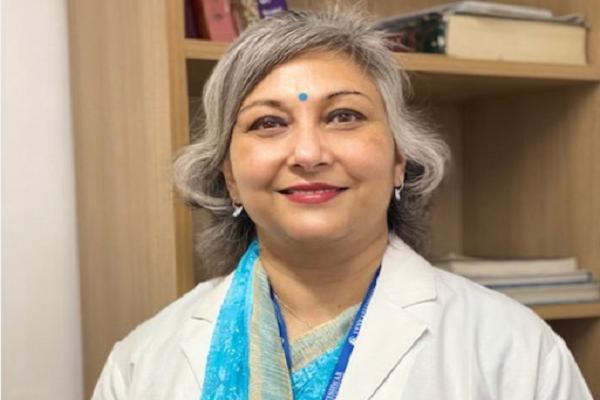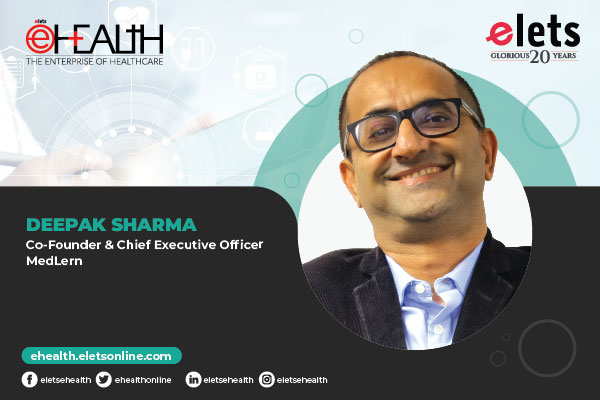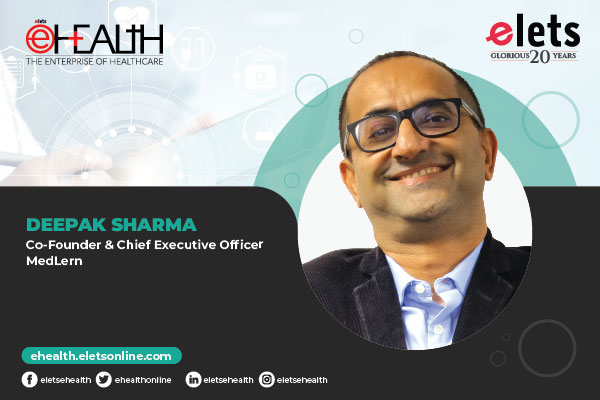Final Diagnosis – Way Beyond Routine H&E
This is the era of specialty medicine and diagnosticians have to not only follow the trends but keep a step head for futuristic predictions to provide quality healthcare, writes Group Captain (Retd) Dr Renu Madan, MD, PDCC (Oncopathology), HoD of the Department Pathology and Lab Medicine at Venkateshwar Hospital.
As a surgical pathologist dealing with tissues and cells under a microscope, it always intrigues me that we differ so much from one another morphologically and God has not made a similar frame for two genetically different individuals. But, our tumour tissues under the microscope look similar (more or less) and because of this it is so easy to diagnose a specific cancer with reasonable certainty whether you are in Delhi or New York or in Cape Town.

A squamous cell carcinoma will be labelled as one by any pathologist of reasonable ability irrespective of the caste, creed or race of the suffering individual. . Well, that was a boon for the patient and the diagnosis could be made by any well-informed pathologist with a good knowledge of the subject. But my years in oncology have slowly made me aware that, that the era of simple histopathology has slowly faded into oblivion and the recent advancements in technology at the molecular level has somewhat made me more cautious about this fact.

There is an old saying that we use profusely in so many spheres of our life “everything that glitters may not be gold!” And I find an example for this on a nearly daily basis as I practice oncopathology. Another great lesson that I have learnt (with sometimes as an eyeopener) is that there is always that extra something more than what the eyes see under a microscope. As healthcare providers, we need to keep ourselves totally informed and abreast with the new facets of medicine that are continuously evolving. There is certain diagnosis like Lymphomas which are no longer complete without ancillary testing and correct classification with Immunohistochemistry, flow cytometry and cytogenetics is not escapable because the therapy and further charting the behaviour of the disease depends on these.
Everyone must be aware of the molecular profiling of not only oncology based treatment for diseases but also the nononcologic cases. The reason is that all these have a bearing on the behaviour of the disease, on targeted treatment with monoclonal antibodies and on prognosis. Similarly, the presence of certain gene mutations need to be documented, a simple example being HER2/Neu for breast carcinomas, EGFR for Lung Cancer and K RAS for Colonic cancer. Pathologists know that histopathology is not sufficient in many cases and the molecular nature of the tumour plays an important role in treatment.

It is considered professional negligence if the patient is not advised to undergo the complete workup because that may provide valuable inputs to the clinicians. Just like antibiotic resistance has emerged as an important issue, resistance to chemotherapy can be detected and can save the patient from being exposed to harmful side effects of chemotherapy or radiation where not indicated. At present these tests are expensive and not easily available but with time and training, this will become a part of the protocol and readily available. One only has to be aware of the fact that there is more than what meets the eye in the field of oncology. Automation and robotisation of techniques can be easily used to prompt the pathologist to advise for more specific testing that can provide the benefit of choosing correct therapeutic agents. This is the era of specialty medicine and diagnosticians have to not only follow the trends but keep a step ahead for futuristic predictions to provide quality healthcare.

post_id:
uld_count:
Cookie not set
Value 1: 0
Value 2: 10
















